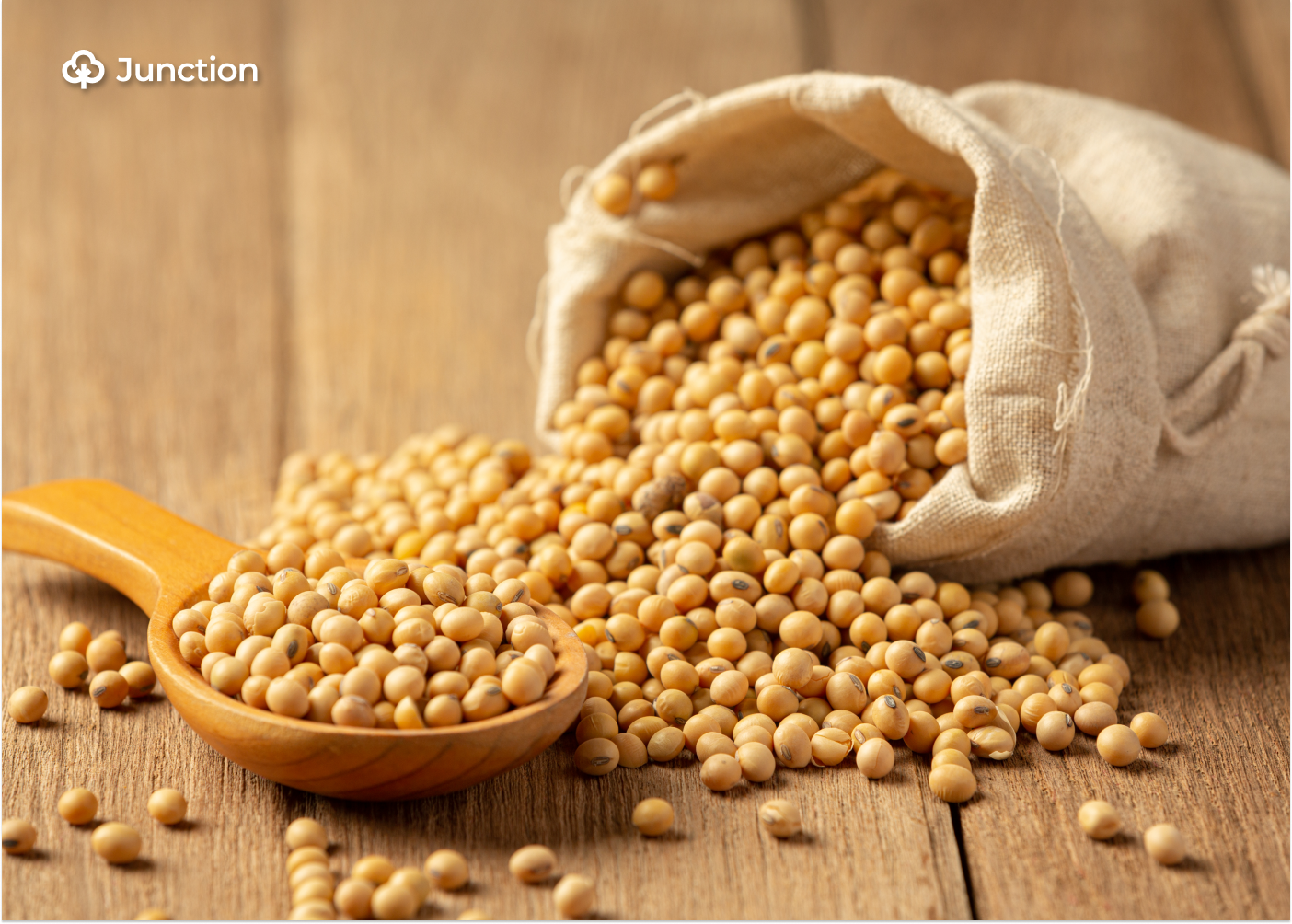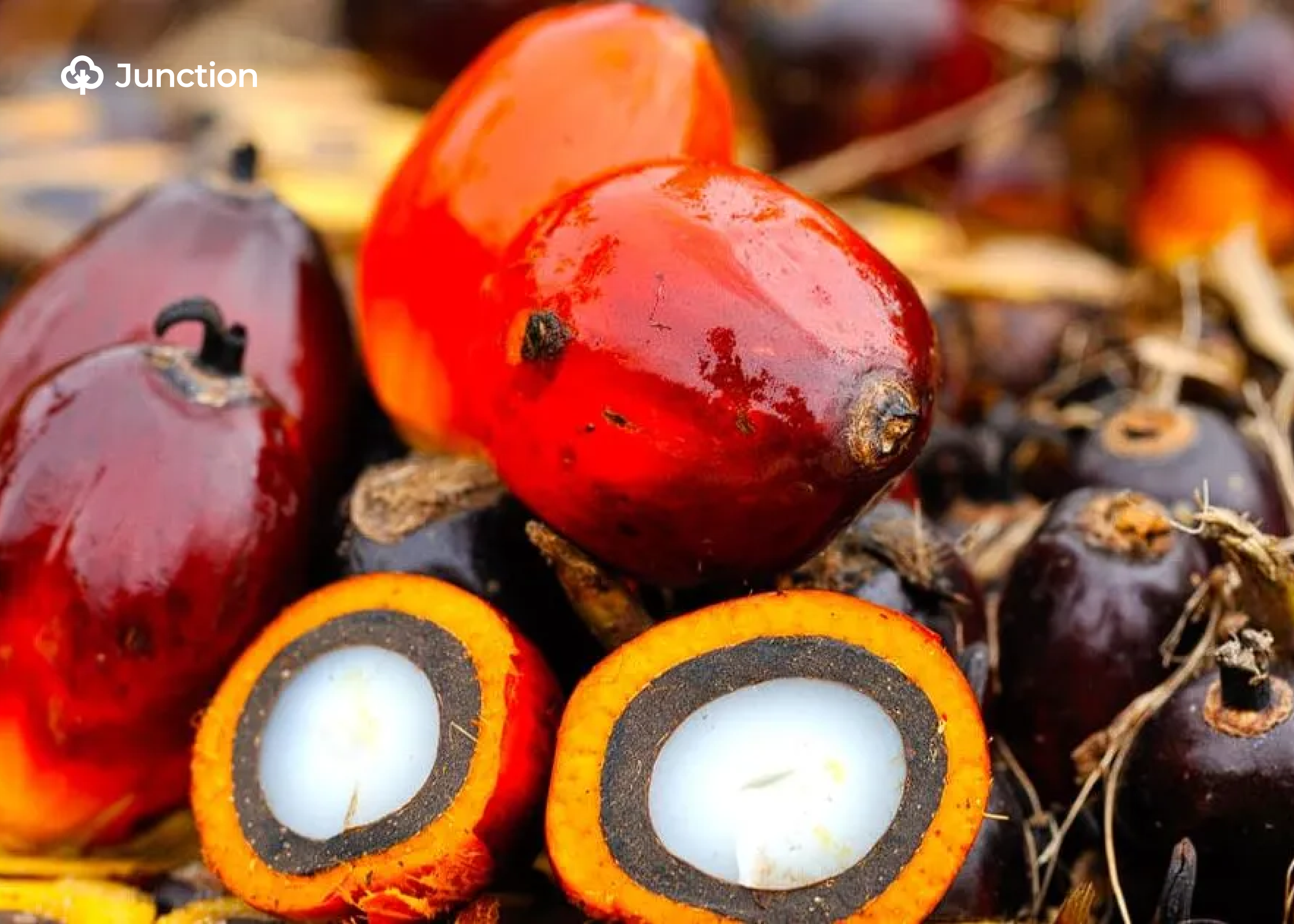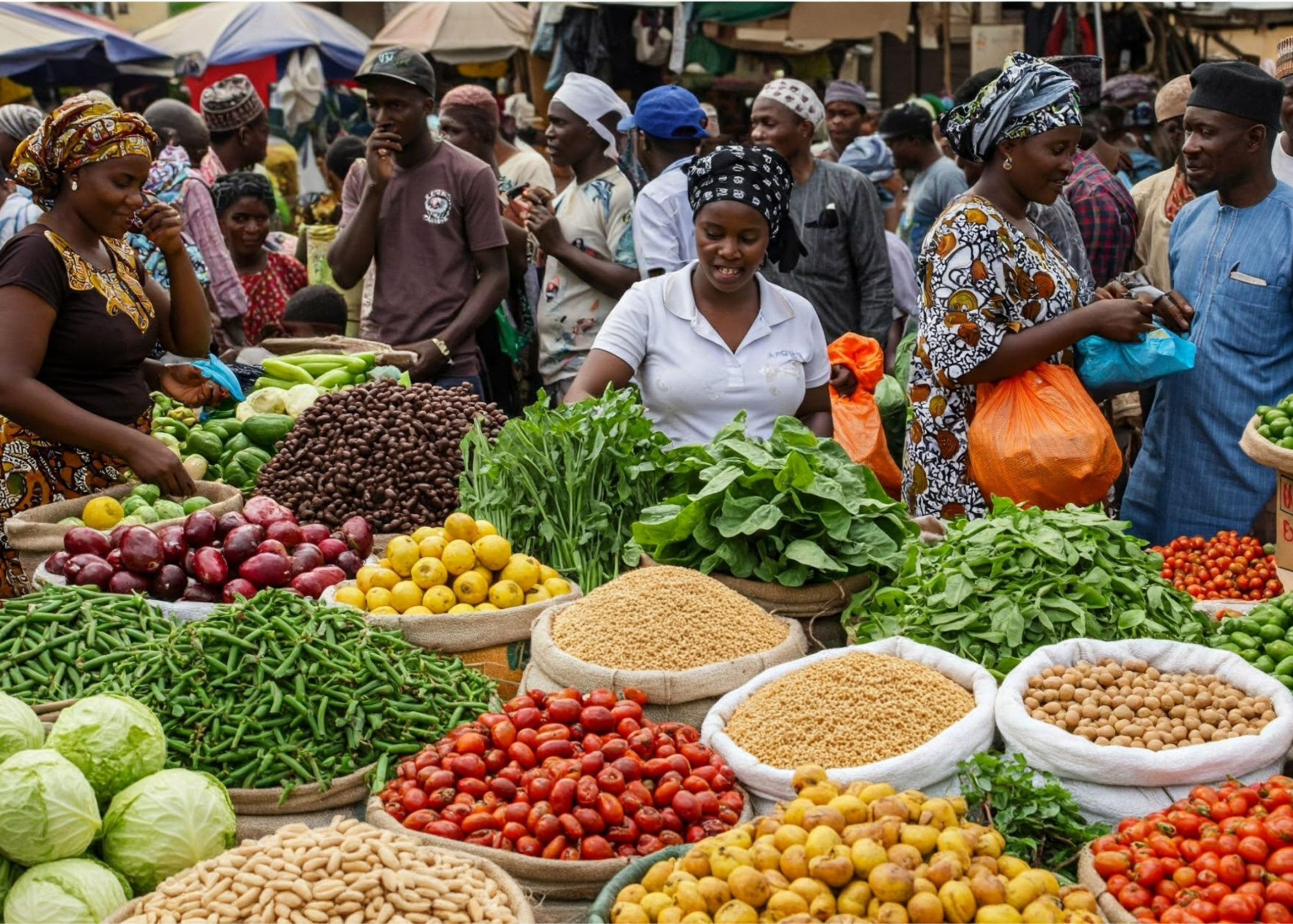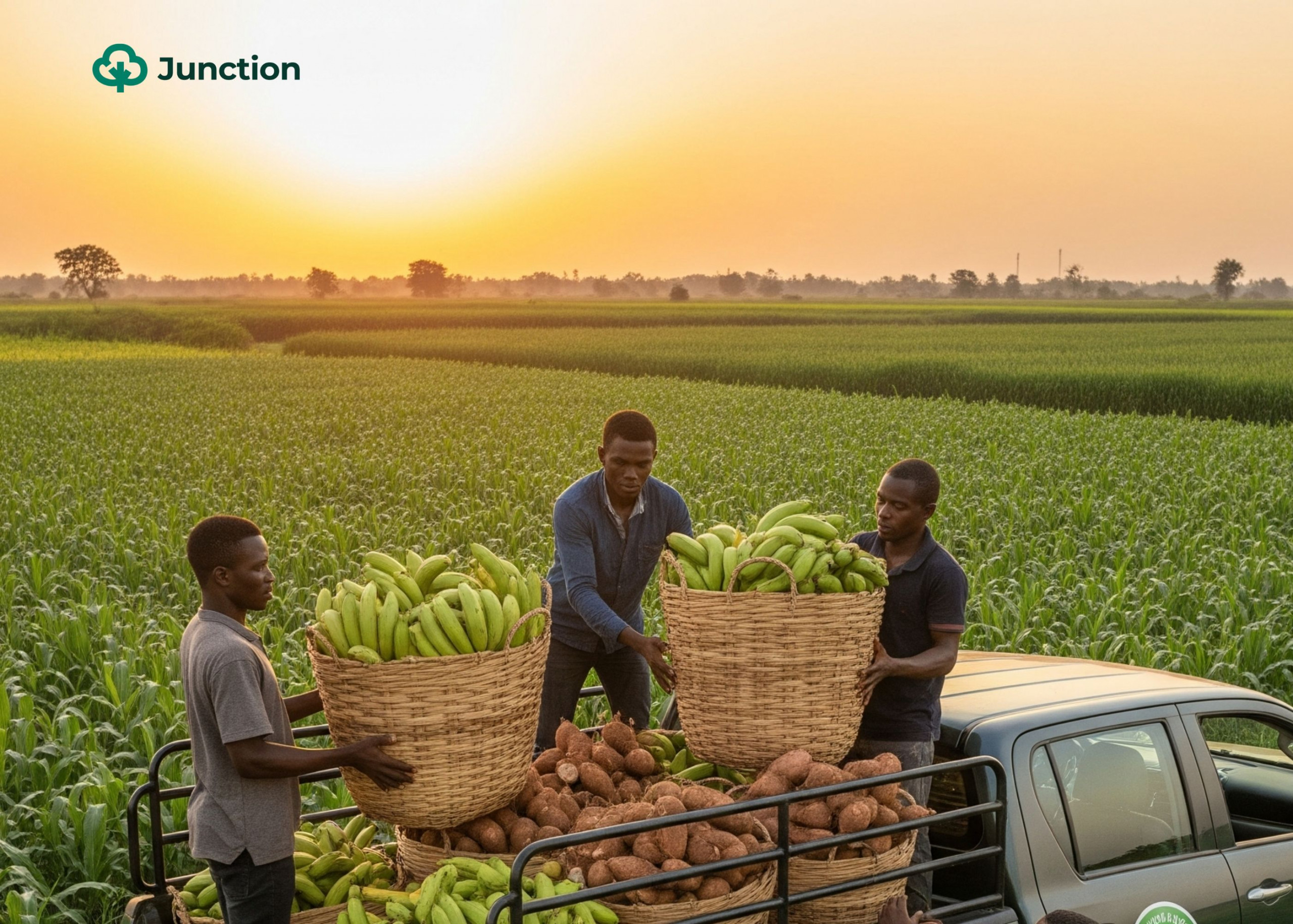News in brief:
– Prices of key agricultural commodities like cocoa, sorghum, and wheat fell sharply in Nigeria last week, reflecting global market trends.
– Maize prices rose locally despite a global decline, highlighting mixed signals in Nigeria’s food market.
Last week, the prices of agricultural commodities like sorghum, cocoa and wheat declined in Nigeria, mirroring global trends.
According to statistics by AFEX, an organisation supporting efficient commodity trading in Africa, cocoa beans lost 14.86% of their value during the period. Sorghum also witnessed a double-digit decline (-13.8%) while raw cashew fell by 3.70%.
Meanwhile, the Nigeria Commodity Exchange (NCX) platform showed a modest decline of 4.63% for the cocoa beans price and a higher drop for sorghum (-46.03%). Also, it reported further drops in the price of millet (-15.79%), soy beans (-12.68%), and wheat (-4.71%).
On the global scene, the Food and Agriculture Organization (FAO) reported that cereal prices declined by 2.6% in March 2024. Wheat prices, the agency mentioned, fell mostly because there were fewer concerns over crop conditions in some major Northern Hemisphere exporters like Russia, Ukraine, and the US.
However, while the FAO’s maize price tracker is pointing downwards, the price of the commodity rose in Nigeria last week. AFEX’s numbers show a moderate 1.96% increment while NCX’s figures point at a 5.32% surge.
FAO claims that the improved crop conditions in Brazil, Argentina’s harvest season kicking off, and weaker-than-anticipated import demand from China are the reasons behind falling global maize prices.
In Nigeria, it seems that the introduction of genetically modified maize seeds is not having the desired effect of bringing down prices yet. Although year-to-date data shows that the maize is now cheaper at ₦569 than at ₦600+ in January 2025.



